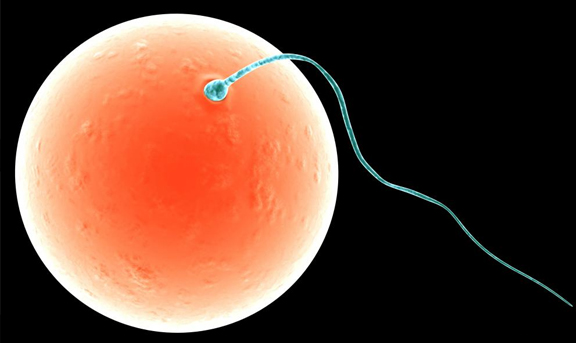Two-thirds of all human embryos fall short to develop successfully. Now, in a latest study, researchers have revealed that they can forecast with more than ninety percent conviction which fertilized eggs will formulate it to a significant developmental milestone and which will stand and die. The findings are vital to the understanding of the basics of human development at the initial stages, which have mainly remained a mystery in spite of the attention agreed to human embryonic stem cell research.

Since the parameters considered by the researchers in this study take place prior to any embryonic genes are expressed, the outcomes indicate that embryos are probable predestined for continued existence or death prior to even the first cell division. Evaluating these factors in the clinic could build it easier for in Best Fertility Clinic in Gurgaon experts to select embryos for relocation for a successful pregnancy.
Nowadays it's odd to freeze embryos so soon subsequent to fertilization (about 12 to 18 hours). As an alternative, clinicians keep an eye on embryonic expansion for three to five days in an endeavor to recognize those that are more probable to result in healthy pregnancies subsequent to transfer. Regardless of their preeminent efforts, though, they have merely about a 35 percent success rate. As an outcome, most women choose to transfer two or more embryos to amplify the chance of a live birth. Nevertheless, if multiple embryos implant plus develop successfully, a woman as well as her physician may decide to selectively abort one or more to enhance the odds for the residual embryos.
Researchers received a large grant from an unidentified donor to inspect ways to better forecast embryonic developmental accomplishment within one or else two days of fertilization. Not simply would such an advance reduce the chance of miscarriage or the possible requirement for a choosy reduction, it would also diminish the quantity of time the embryo would be have to be cultured in the laboratory prior to transfer. (Although it's not been decisively shown, some researchers are alarmed that genetic changes may mount up in a cultured embryo and reason subtle, long-lasting special effects in the fetus.)
The researchers melted the embryos, split them into four groups as well as tracked their development throughout the first few days by means of time-lapse video microscopy as well as computer. They followed the cells all the way through the growth of a hollow ball called a blastocyst, which usually occurs within five to six days subsequent to fertilization. A blastocyst is typically an indication of a healthy embryo.

They originated that of the 242 embryos, 100 could within five or six days to figure normal-looking blastocysts -- about the same quantity that would be expected to be victorious in normal pregnancies. Since they had tracked the embryos' growth so closely, they could go back and recognize three specific parameters collectively linked with triumphant blastocyst formation: the period of first cytokinesis (the final step of a period in the cell cycle identified mitosis in which the cell actually divides), the time between first to second mitoses, plus the synchronicity of the second as well as third mitoses. All of these actions occur as the embryo develops from one cell to four cells within the initial two days after fertilization.